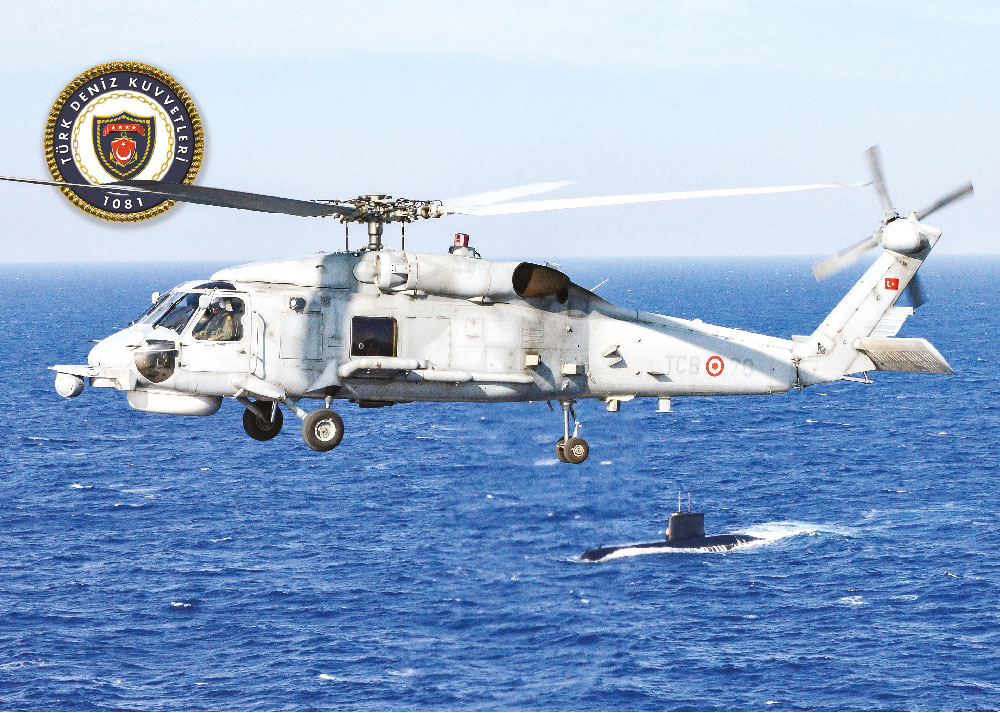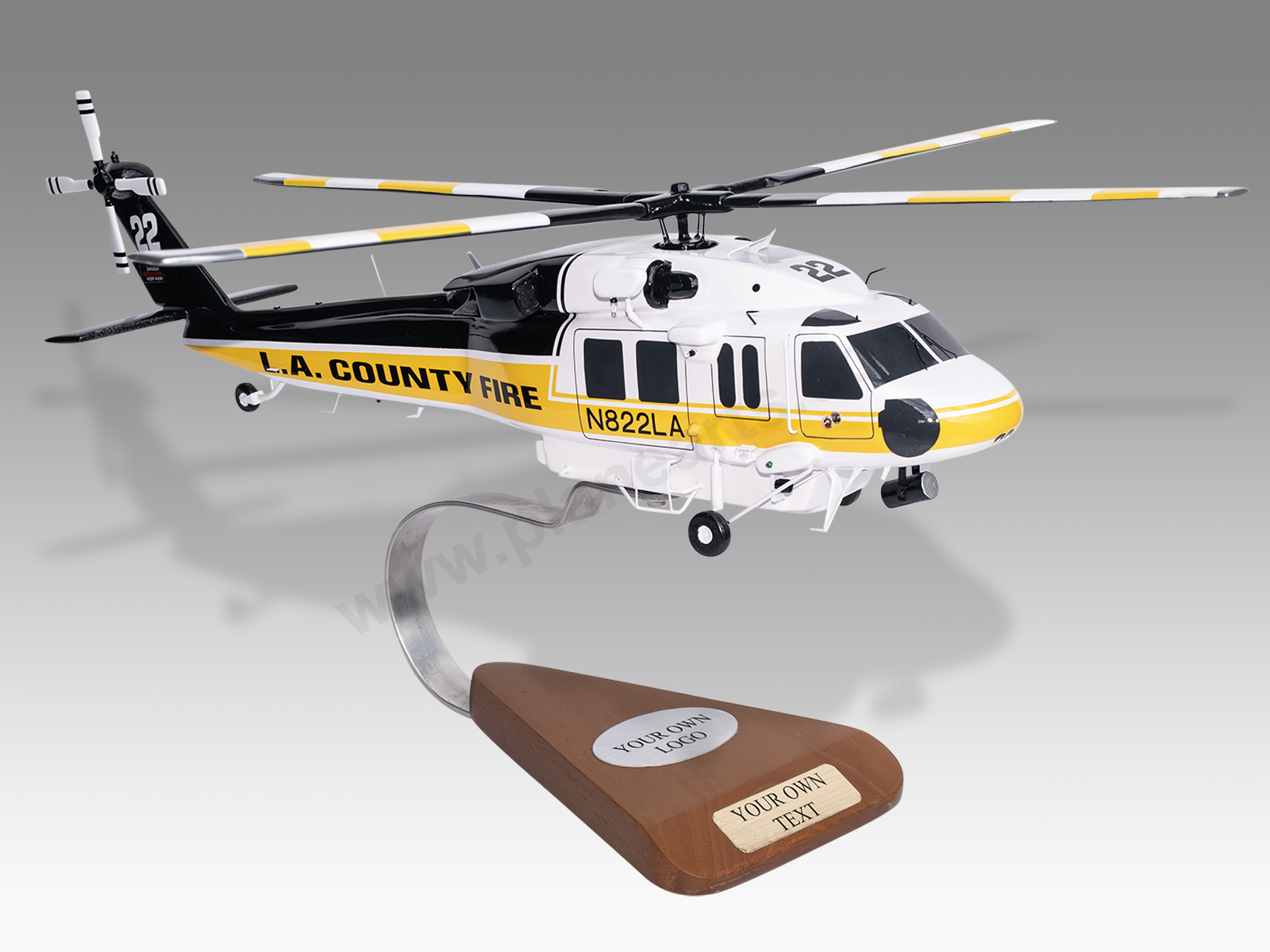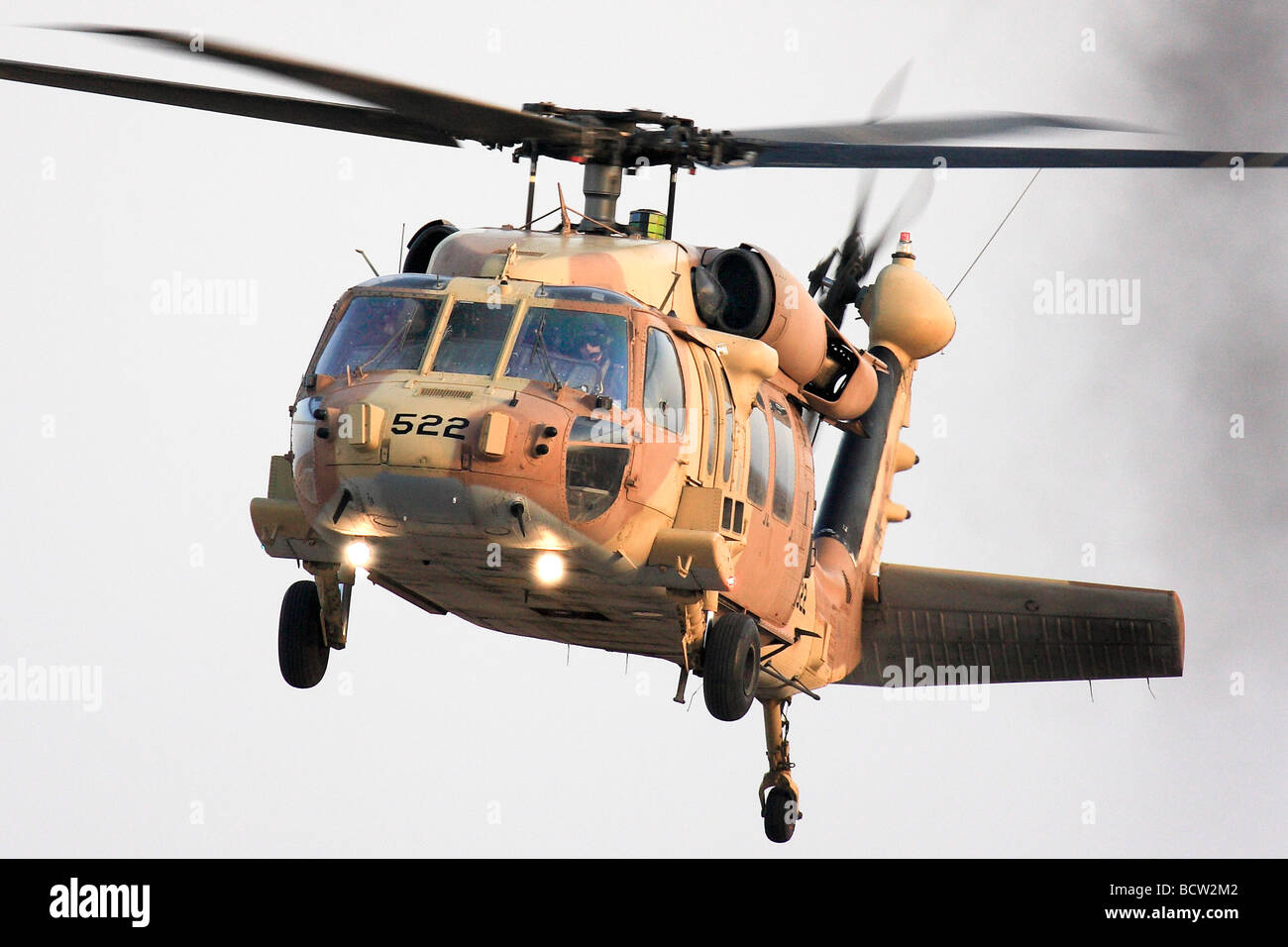The Sikorsky S 70 Helicopter: A Deep Dive into Its Design and Efficiency
The Sikorsky S 70 Helicopter: A Deep Dive into Its Design and Efficiency
Blog Article
High-Performance Multi-Role Rotorcraft Featuring Advanced Cockpit Technologies and Integrated Sensor Systems
The realm of rotorcraft technology has seen remarkable innovations in current times, specifically in the realm of high-performance multi-role rotorcraft equipped with advanced cockpit innovations and perfectly incorporated sensing unit systems. These advancements have not just enhanced the functional capacities of rotorcraft yet have also considerably affected modern aeronautics operations on numerous fronts. From boosted goal flexibility to boosted functional performance, the convergence of innovative cockpit modern technologies and integrated sensing unit systems has introduced a new period of opportunities for rotorcraft applications. In the adhering to discussion, we will discover the evolution of rotorcraft modern technology, explore the world of advanced cockpit technologies, and analyze the effects of integrated sensing unit systems on the operational flexibility and efficiency of contemporary rotorcraft.
Evolution of Rotorcraft Technology
The advancement of rotorcraft innovation has been marked by substantial innovations in the rules of aerodynamics, materials, and propulsion systems, forming the capabilities and efficiency of contemporary rotorcraft. Additionally, developments in propulsion systems, consisting of extra powerful engines and ingenious propulsion modern technologies, have made it possible for rotorcraft to achieve greater altitudes, faster speeds, and greater payloads.
These improvements have not just changed the capabilities of rotorcraft yet have actually also expanded their applications throughout various industries, consisting of armed forces, commercial, and emergency situation services. The continuous advancement of rotorcraft innovation continues to drive technology in the area, pushing the boundaries of what is feasible and forming the future of vertical flight.
Advanced Cockpit Innovations
Building upon the foundational improvements in the rules of aerodynamics, materials, and propulsion systems, the realm of rotorcraft modern technology currently moves focus in the direction of pioneering Advanced Cabin Innovations. The integration of sophisticated modern technologies within the cabin atmosphere plays a crucial duty in enhancing the operational capacities, safety, and performance of contemporary rotorcraft. sikorsky s 70. Advanced Cabin Innovations include a wide range of functions developed to provide pilots with improved situational recognition, structured data management, and intuitive control interfaces
One of the crucial improvements in cabin style is the implementation of glass cabins, which replace standard analog gauges with high-resolution display screens. These digital systems provide adjustable designs, real-time data combination, and enhanced readability, allowing pilots to access vital details at a glimpse. Advanced avionics systems, such as fly-by-wire controls and augmented fact displays, are revolutionizing exactly how pilots interact with the airplane, permitting for exact control and improved decision-making capabilities.


Incorporating innovative cabin advancements not only enhances pilot performance yet also adds to overall mission performance and safety and security in complex operational atmospheres. By leveraging advanced modern technologies within the cockpit, rotorcraft producers are setting brand-new standards for operational quality and mission success.
Integrated Sensing Unit Solutions
With the evolution of rotorcraft innovation, the assimilation of sophisticated Integrated Sensor Systems has ended up being paramount in boosting functional performance and security. These Integrated Sensing unit Systems include a broad variety of innovations that offer vital data for various functions such as navigating, monitoring, targeting, and ecological surveillance. By flawlessly integrating sensors like radars, video cameras, lidar, and infrared systems right into rotorcraft, operators can gain from enhanced situational understanding, boosted goal abilities, and minimized pilot work.
One secret advantage of Integrated Sensor Equipments is their ability to collect real-time information and supply workable insights to pilots and mission operators. For instance, progressed radar systems can find and track targets over fars away, allowing for early threat detection and reliable reaction preparation. Additionally, incorporating infrared and electro-optical video cameras enables rotorcraft to perform reconnaissance and security missions with precision and accuracy.
Essentially, the combination of cutting-edge sensing unit innovations into rotorcraft not just boosts functional performance yet likewise contributes substantially to general objective success and crew safety and security. As rotorcraft remain to advance, the duty of Integrated Sensor Systems will definitely stay at the forefront of innovation in the aerospace market.
Operational Adaptability and Effectiveness
Enhancing operational versatility and performance in rotorcraft is an all-natural progression from the assimilation of sophisticated Integrated Sensing unit Equipments. By leveraging the information and understandings provided by these advanced sensor systems, rotorcraft can optimize their efficiency across numerous goals and settings.
Operational adaptability includes the ability of rotorcraft to adjust to different roles and about his situations effectively. With innovative cabin innovations and integrated sensing unit systems, rotorcraft can perfectly transition in between tasks such as search and rescue, clinical discharge, monitoring, and a lot more. This flexibility enhances the rotorcraft's ability to meet diverse operational requirements without needing considerable reconfiguration.
Efficiency in rotorcraft procedures is important for making the most of mission efficiency and resource application. Integrated sensor systems play a crucial role in enhancing functional performance by offering real-time data on climate condition, surface mapping, target tracking, and more. This information makes it possible for pilots to make enlightened decisions promptly, optimize flight paths, preserve gas, and boost total mission efficiency.
Impact on Modern Air Travel Operations

Furthermore, the integration of innovative sensing units helps with boosted mission planning and execution, allowing rotorcraft to carry out a variety of jobs with boosted precision. From search and rescue operations to aerial firefighting and police missions, the capacities of modern-day rotorcraft outfitted with innovative cabin technologies and integrated sensor systems are unparalleled.
Moreover, the effect of these improvements prolongs past operational performance to cost-effectiveness and sustainability. By maximizing trip courses, fuel consumption, and maintenance timetables, high-performance rotorcraft outfitted with advanced cabin innovations and sensing units contribute to decreasing functional prices and environmental impact, making them vital properties in contemporary aeronautics procedures.
Conclusion
Finally, the high-performance multi-role rotorcraft with advanced cabin innovations and incorporated sensor systems stands for a substantial evolution in aviation technology. These technologies boost functional convenience and performance, inevitably affecting contemporary aviation operations in a positive means. The integration of these innovative innovations enables boosted abilities and efficiency in different goal scenarios, showcasing the continued advancement of rotorcraft technology in the aeronautics sector.
The realm of rotorcraft modern technology has actually seen remarkable improvements in current times, particularly in the world of high-performance multi-role rotorcraft outfitted with cutting-edge cabin modern look at this site technologies and effortlessly incorporated sensor systems. From enhanced goal convenience to enhanced functional performance, the convergence of advanced cabin modern technologies and incorporated sensing unit systems has ushered in a brand-new age of opportunities for rotorcraft applications. In the following discussion, we will discover the advancement of rotorcraft modern technology, delve right into the world of advanced cockpit developments, and check out the effects of integrated sensor systems on the operational flexibility and performance of contemporary rotorcraft.

Report this page